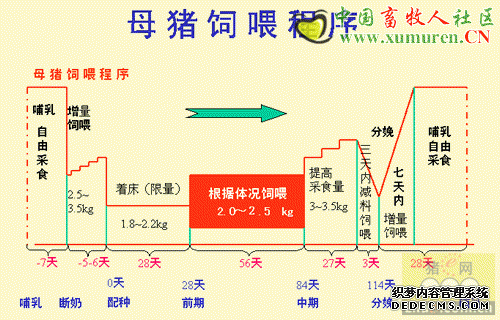By Ruurd T. Zijlstra, Tom E. Sauber, and John F. Patience for Prairie Swine Center - High-oil corn is used as a source of nutrients, especially energy, to meet requirement of pigs. In the present study, DE content and digestibility of energy and amino acids of high-oil corn was characterized and related to chemical characteristics.
Summary
The DE content of high-oil corn was 5% is higher than from regular corn. Corn DE content could be predicted using gross energy (GE) or oil content. High oil corn is clearly a source with a high DE content.
Introduction
Digestibility of energy and amino acids of high-oil corn has not been characterized thoroughly or related to chemical characteristics. Thus, the objective was to compare four near-isogenic sample-pairs of high-oil and regular corn and one standard corn sample for chemical and nutritional characteristics
Experimental Procedures
Corn sample were analyzed by proximate analyses. Diets consisting of one specific corn sample (96.3%), vitamins and minerals, and chromic oxide as an indigestible marker were fed to grower pigs cannulated at the distal ileum, for 6 pigs per diet.
Results and Discussion
In high-oil versus regular corn, oil content was 4.2% higher (9.1 vs 4.9%), resulting in a 6% higher GE content (4853 vs 4589 kcal/kg DM), and protein content was 9.5 versus 9.1%, acid-detergent lignin 0.51 versus 0.41%, and starch 68.2 versus 71.3%.
Total tract energy digestibility was 1.1% lower (87.4 versus 88.3% in high-oil versus regular corn; however, DE content was 5% higher in high-oil versus regular corn (4238 versus 4052 kcal/kg DM). The DE content could be predicted using single-regression by corn GE (R2 = 0.93), oil (R2 = 0.90; Figure 1), and protein (R2 = 0.49). Ileal E digestibility was similar (75.4 vs 76.4%) between high-oil versus regular corn; however, ileal DE content was 4% higher in high-oil versus regular corn (3660 versus 3503 kcal/kg DM).
In Figure 1, equations to predict corn GE, DE, and ileal DE content using corn oil content are presented. The figure clearly illustrates the large range in corn oil content and the positive effects of increased oil content on corn DE content.
Apparent ileal digestibility of lysine was 2.4% higher in high-oil versus regular corn (64.0 versus 61.6%), although less difference was observed in standardized digestibility of lysine (76.3 versus 75.5%). The increase in oil content within each near-isogenic sample pair was related (R2 = 0.47) to an increase in apparent ileal lysine digestibility.
Implications
In summary, feeding high-oil versus regular corn does result in more energy and amino acid that are available to the pig to support metabolic functions.
Acknowledgements
Strategic funding provided by Sask Pork, Alberta Pork, Manitoba Pork and Saskatchewan Agriculture and Food Development Fund. The presented work was supported financially by DuPont Specialty Grains, Johnston, IA.
Figure 1: Effect of Corn Oil Content (% DM) on Energy Content (kcal/kg).
To determine corn gross energy (GE), DE, or ileal DE, determine its oil content and use the provided equations.
Source - Prairie Swine Centre - February 2004
声明
来源:互联网
本文地址:http://farm.00-net.com/yz/zhu/5/2007-09-20/142283.html








